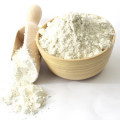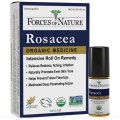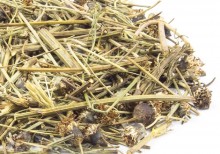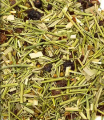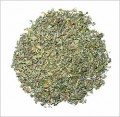 Loading... Please wait...
Loading... Please wait...- Home
- About Us
- Shipping, Returns & FAQ's
- Contact Us
-
For Your Information
- Canadian Customers Have a Choice if Shipping Via UPS
- Aura Cacia Homemade Aromatherapy Recipes
- Bella Nella Altered Art & Paper Crafts Blog
- Forms of Herbal Preparations
- Laundry Tips To Conserve Energy Blog from The Laundress
- The Story of Frontier Natural Products Co-Op
- Sovereign Silver Hydrosol and Aloe Protocol Stops Downward Spiral of Gut Dysbiosis
- Disclaimers
- Recommended Links
- RSS/Recent News
- The Story of Typhoon Housewares
- Reviews/Testimonials
- Raw Ingredients for Mfg
- Home
- New Age
- Native American
- Cota Tea Wildcrafted Bulk
Cota Tea Wildcrafted Bulk
Product Description
Leonora Curtin notes in Healing Herbs of the Upper Rio Grande that before tea or coffee were imported into New Mexico Cota was widely used as a beverage. She noted it was also used to reduce fevers and relieve skin ailments in babies. While at Sunday lunch at Santa Domingo (Kewa) Pueblo, she noticed several bundles on corn husk loops, hanging from the vigas inside the home. Her host told her it was a tea that was very good for the stomach.
The tea is brewed by boiling in water for about five minutes. Honey or sugar may be added to the hot or cold brew.
If it is being prepared for a dye, the rust color can be controlled by the amount used and the resulting strength. For a yellow dye, only the flowers are boiled. Cota dyes have been used for centuries in basket making and textile production. It is a treasured source of natural yellows and rust tones today.
Brewing Instructions:
Bring filtered or spring water to 212°F. Add 1.5 tsp of tea leaves per 8 oz of water. Pour boiling water over the tea leaves and let steep 5-7 minutes.
Ingredients: Wild grown cota
Botanical Name: Thelesperma megapotamicum
aka: Indian tea, Hopi Tea, Navajo Tea, Zuni Tea, Greenthread
Origin: Northern New Mexico, USA
Notes: Non-irradiated. Non-GMO. Sold and labeled as for further manufacturing. Individuals must exercise their independent judgment in determining its appropriateness for a particular purpose or use. As with any manufacturing process, we suggest a small, lab-scale manufacturing for evaluation purposes prior to full commercial manufacturing.
Specifications are subject to change without notice.
* FDA disclaimer
References
Sante fe Botanical Garden
You Recently Viewed...
Currency Converter
Choose a currency below to display product prices in the selected currency.




